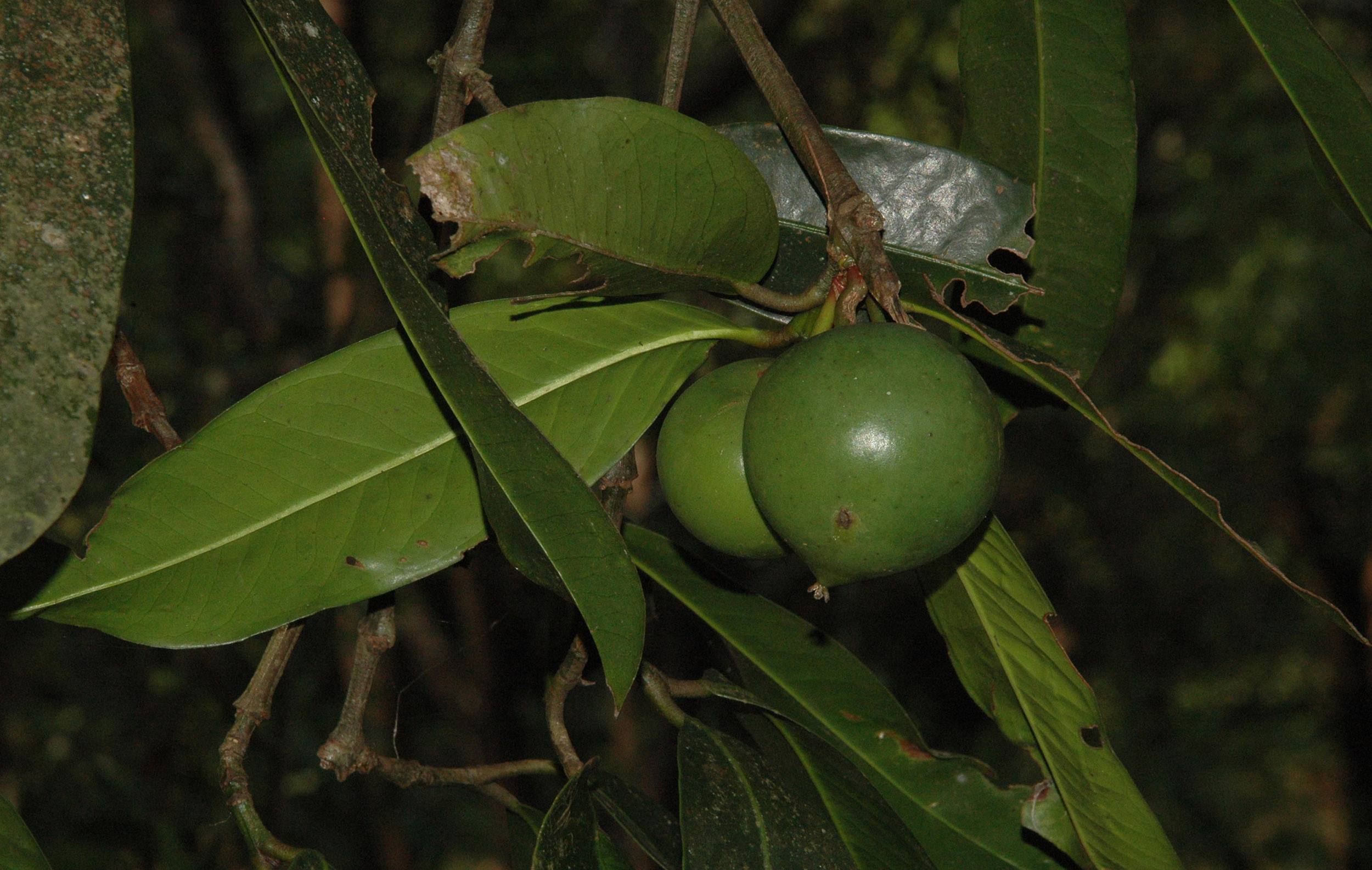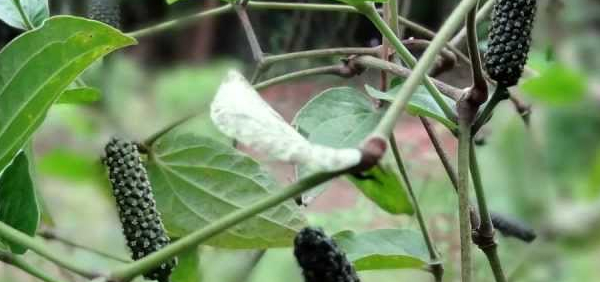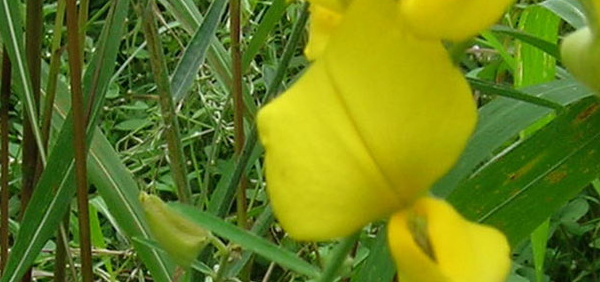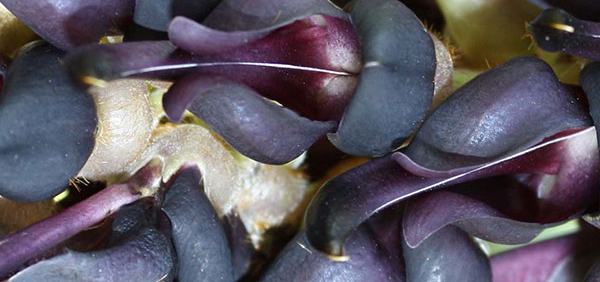amlavetasa :

Morphology:
Tall deciduous trees, up to 20 m , with lax crown; Trunk fluted with short, spreading branches; Branchlets obtusely 4-angled or subterete, striate, lenticellate, glabrous; Bark greyish brown, smooth, thick, corky; Leaves simple, opposite; petioles ca. 2-4.5 cm long; lamina ca. 9-40 x 3-15 cm, oblong or oblanceolate, cuneate at base, acute or obtuse at apex, undulate, subcoriaceous or membranous, midrib stout, prominent beneath; secondary nerves 5-15 pairs. Male flowers ca. 2 cm across; in terminal 8-10 flowered short panicles; pedicels slender, ca. 1 cm long; Sepals 4, orbicular, concave, fleshy with scarious margins, subequal; petals ca. 9-11 mm long, obovate-oblong, narrowed and as long as or scarcely longer than sepals; stamens indefinite, truncate, shortly stipilate; anthers 2-celled, cells longitudinally dehiscent, tetragonous, introrse; pistillode columnar-cuneate, slightly angular; stigma peltate, inconspicuously tuberculate. Female flowers solitary, terminal, pedunculate, bracteate, ca. 2 cm across, yellow to green or pale green; pedicels ca. 3 cm long, stout, 4-angled, articulate at base; staminodes 20-30 in 4 fascicles, connate at base; ovary globose, 8-12 locular; stigmas peltate. Berries ca. 6-11 cm in diam., saffron-yellow, fleshy, exceedingly acidic, globose. Seeds 8-10, brown, ovoid, arillate.
Deciduous trees, about 10-20 m tall with oval crown, trunk fluted with short spreading branches, wood moderately hard, yellow, bark dark grayish brown or dark brown, think, somewhat smooth, branchlets often opposite, glabrous, terete, compressed when young, latex resinous, scanty, thick in bark, branches and fruits. Leaves simple, opposite, oblong-obovate, about 10-40 x 4.5-15 cm across, base cuneate or narrowed, margins entire, apex acute to obtuse, membranous, subcoriaceous, glabrous on both sides, midrib stout, impressed above and prominent beneath, lateral veins 10-30, irregular with oblique parallel short veins between about 8-16 mm apart, anastomosing near the margins, veinlets reticulate, petiole slender with raised margins, about 2-5 cm long, exstipulate. Inflorescence axillary solitary, cymes or fascicles. Flowers heterochlamydeous, dioecious, pseudobisexual. Male flowers: axillary, solitary or fascicled, yellow, about 1 cm across, sepals 4, imbricate, orbicular, concave, decussate in pairs, inner pair, narrow, about 9 x 6 mm across, outer pair about 9-10 x 12-13 mm across, persistent in fruit, petals 4, imbricate, obovate-oblong, slightly longer than sepals, stamens indefinite, quadrangular, inserted around lobed mass, rudimentary pistil on an abortive gland on fleshy receptacle, filaments short, anthers peltate, intorse, tetragonous, 2 loculed. Female flowers: terminal, solitary, bigger than male flowers, pale green or yellow, about 2 cm across, pedicels about 3 cm long, with minute staminodes 30-40 in 4 bundles, base connate, filaments arranged in ring shape, ovary superior, globose, 8-12 locular, ovules erect, style short, stigma peltate, stigmatic rays spreading. Fruit fleshy berry, globose, 2-2.5 x 1.5-2 cm across, yellow or orange yellow, smooth, encased by persistent sepals and crowned by stigma. Seeds 8-10, reniform, covered with juicy pulp
- » Classification and names of amlavetasa
- » Synonyms and definitions of amlavetasa
- » Drug Properties of amlavetasa
- » Chemical Constituents of amlavetasa
- » Standardization of amlavetasa
- » Parts used and Dosage of amlavetasa
- » Morphology and Histology of amlavetasa
- » Distribution and Conservation of amlavetasa
- » Cultivation of amlavetasa
- » amlavetasa in the market
- » Medicinal Uses of amlavetasa
- » Researches and clinical trails of amlavetasa
- » amlavetasa in other sytems of medicine
- » Ayurvedic formulations with amlavetasa
- » Images of amlavetasa













